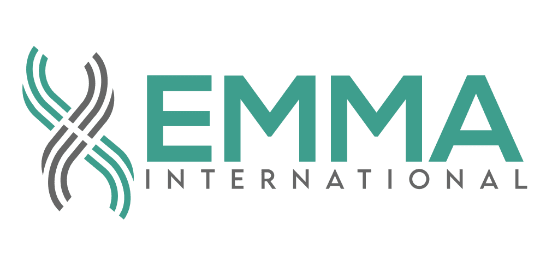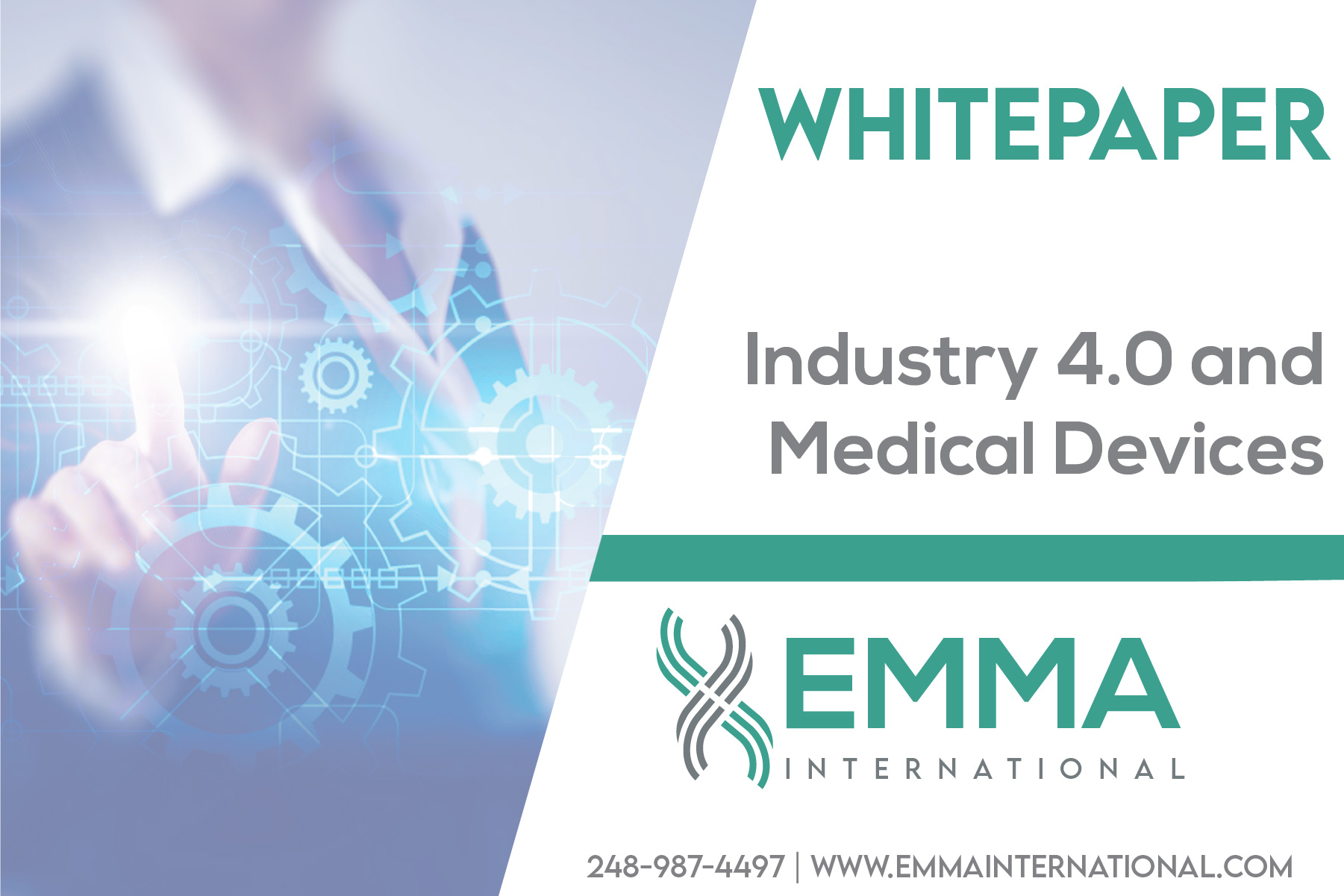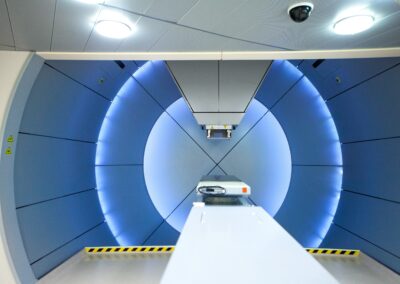As we progress through the 4th Industrial Revolution, technology is advancing quicker and quicker. More and more medical devices are being developed using AI/ML, Cloud Computing, and Internet of Things (IOT). This technology in the life sciences domain is uncharted, leaving a regulatory gap that the FDA is diligently working to close. The purpose of this white paper is to discuss the quality and regulatory approach for medical devices and software tools that contain AI/ML-based software. Along with the regulatory approach, our secondary motive is to explore a case study for developing a Next Generation (NGen) eQMS. The case study focuses on how an eQMS could be integrated with modern technologies to deliver a full-fledged software product. We also discuss the standard software validation principles that describe what activities manufacturers should implement to ensure their software is compliant with the required regulations, regardless of if it is a medical device or a tool used to develop a device like an eQMS.
Get the Industry 4.0 and Medical Devices Whitepaper
Fill out the form below, and the webinar will get sent directly to your inbox.





